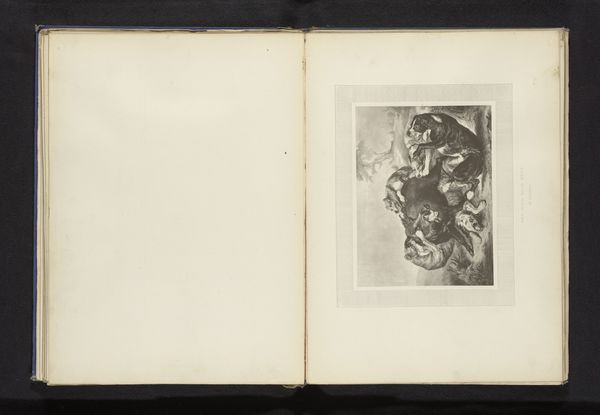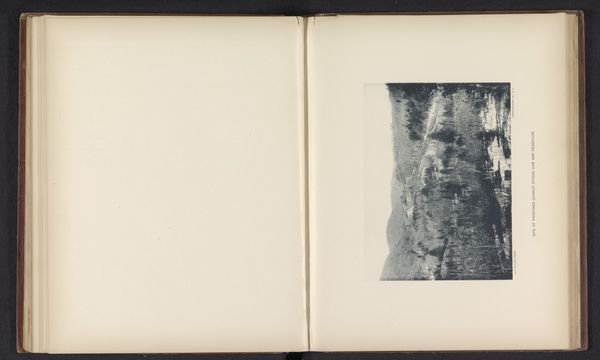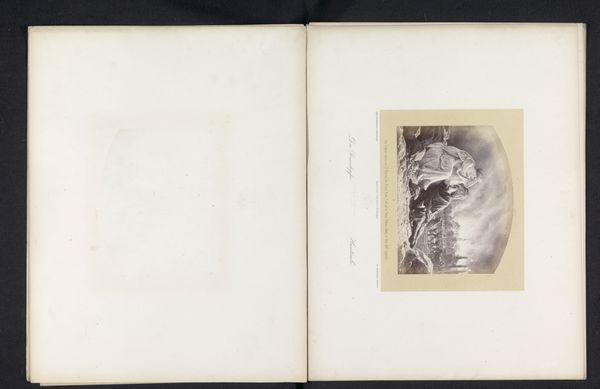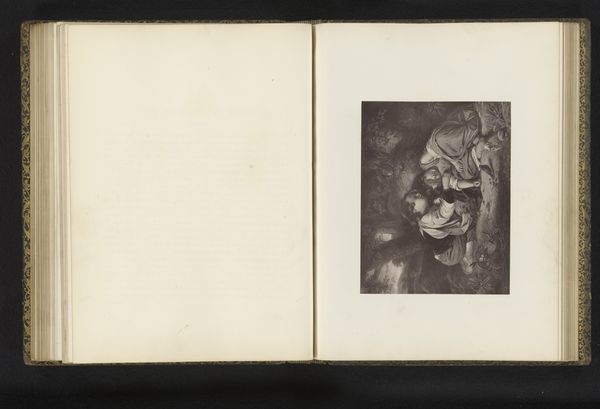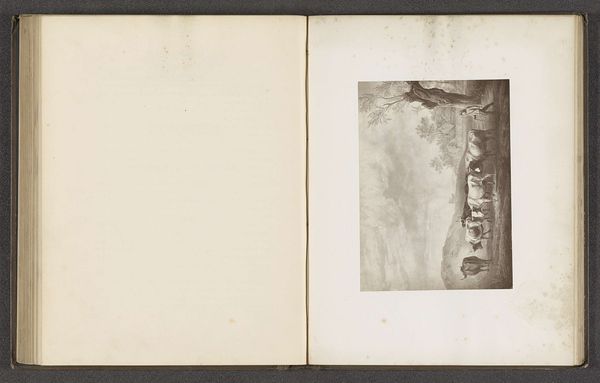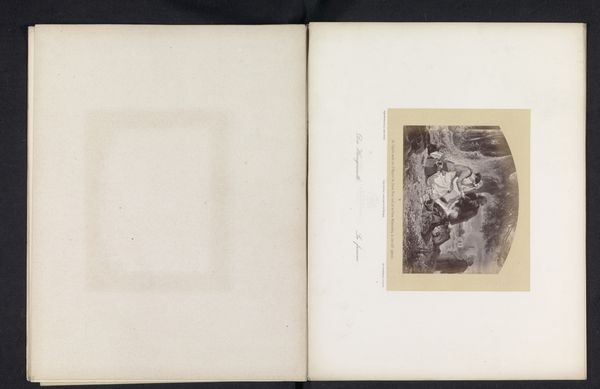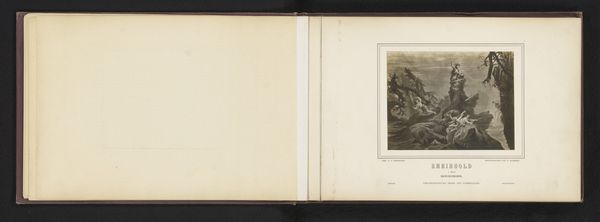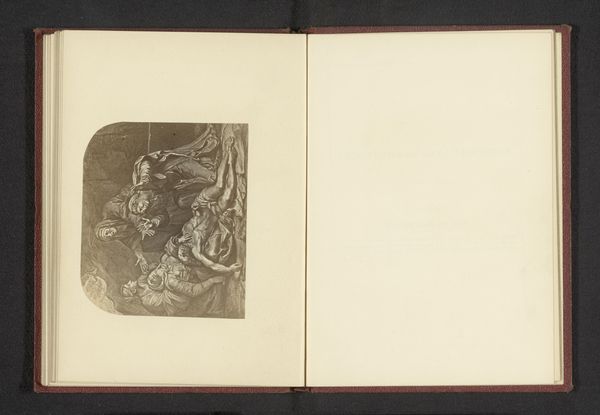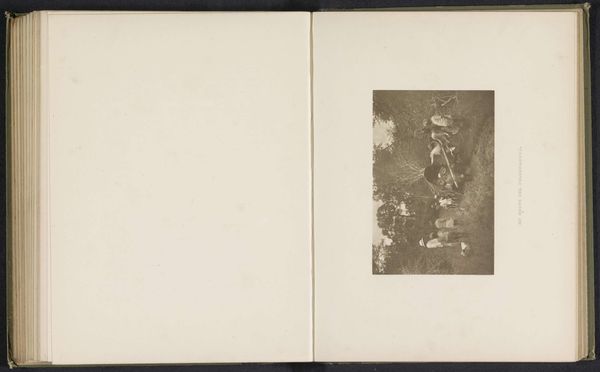
Reproductie van een prent van de ketellapper naar Frans van Mieris I before 1875
0:00
0:00
print, etching
#
narrative-art
#
dutch-golden-age
# print
#
etching
#
genre-painting
Dimensions: height 162 mm, width 185 mm
Copyright: Rijks Museum: Open Domain
Curator: Ah, this anonymous print, titled “Reproductie van een prent van de ketellapper naar Frans van Mieris I”, or roughly, "Reproduction of a print of the tinker after Frans van Mieris I". It’s an etching dating from before 1875, housed here at the Rijksmuseum. Editor: My first thought? Domesticity steeped in a muted, slightly melancholic tone. It reminds me a little of Vermeer, oddly. A quiet moment rendered permanent on the page. Curator: Absolutely! You see, Van Mieris was renowned for precisely those kinds of scenes, images that seem plucked from daily life and given this almost theatrical treatment. We think of genre paintings often with such attention to middle and upper-class subjects, but a tinker? That elevates labor, the sheer making of things, doesn’t it? Editor: It does. And to me, the print itself speaks volumes about labor, skill, and the dissemination of imagery. Who created the *reproduction*, and under what economic conditions? We’re not just looking at the world of the original painting but at another layer of cultural work, cheaper I imagine but still requiring precision, maybe as democratic visual culture in its way. Curator: I like how you frame that! Indeed, the act of reproduction introduces layers of intention and interpretation, a translation, really, from one artistic voice to another, across different materials and potentially very different social spheres. But the Dutch Golden Age feel remains potent! The interplay of light and shadow, for instance, it creates a feeling of intimacy, almost as if we're eavesdropping on a private moment. Editor: And there's a charm, or is it maybe a bit of staged reality? Look closely; every face seems deliberately arranged, as in some idealized portrait of the working class. Where is the dirt and grime? Is it pure invention, a marketing exercise, or a piece celebrating the skills of craftwork? So, this reproduction highlights this tension. Curator: Yes, and there's an undeniable narrative element, this "snapshot," I like to think. Someone, even generations later, wanted to distill, reproduce it – keep the tinker’s life simmering in our imaginations, just as that fire probably did in his day! It leaves an impression! Editor: Definitely. In both process and product. I keep returning to the social life of images and all these layers of mediation; it provides a new perspective through which we can value prints and the hidden worlds of craft that shape our own experiences.
Comments
No comments
Be the first to comment and join the conversation on the ultimate creative platform.
